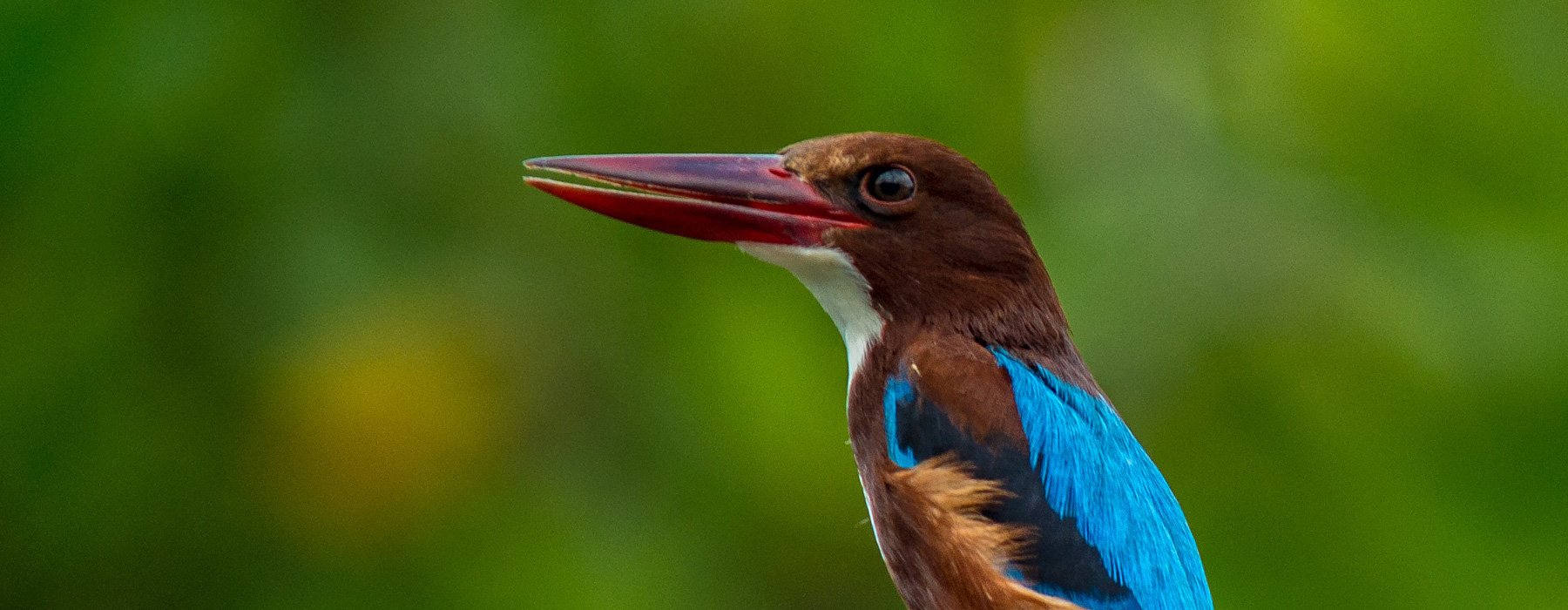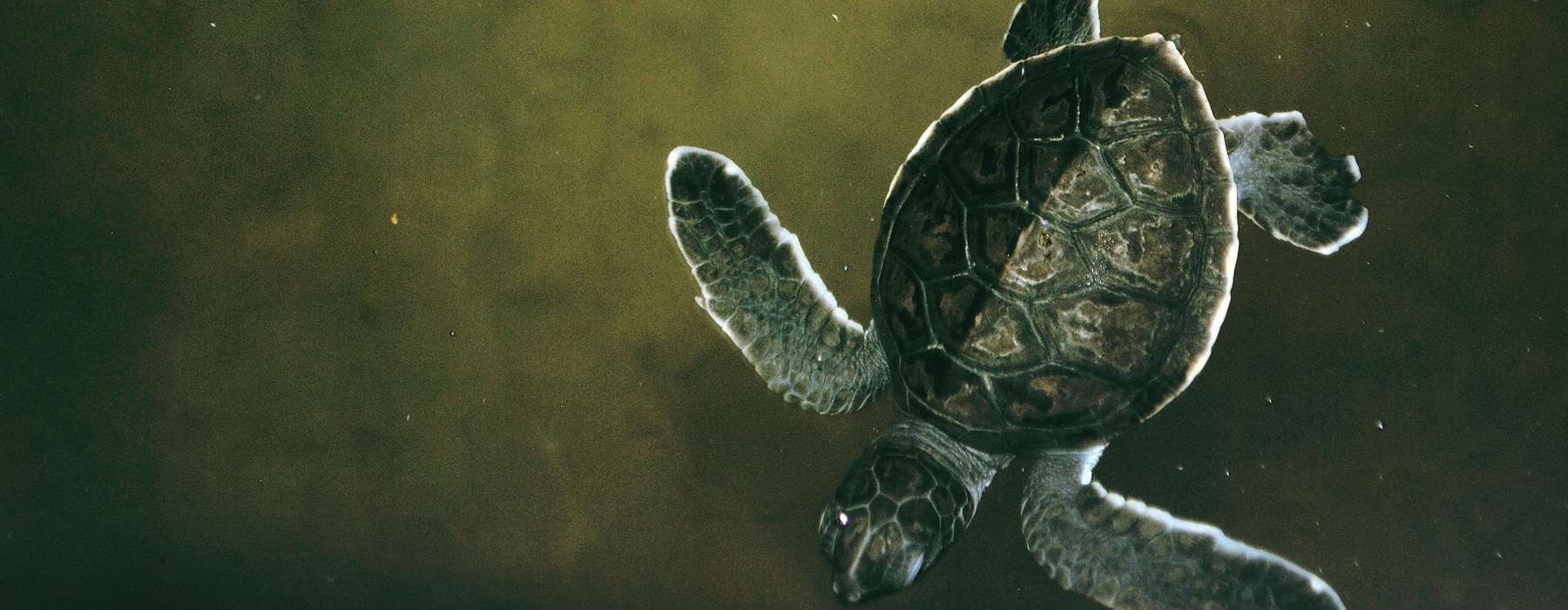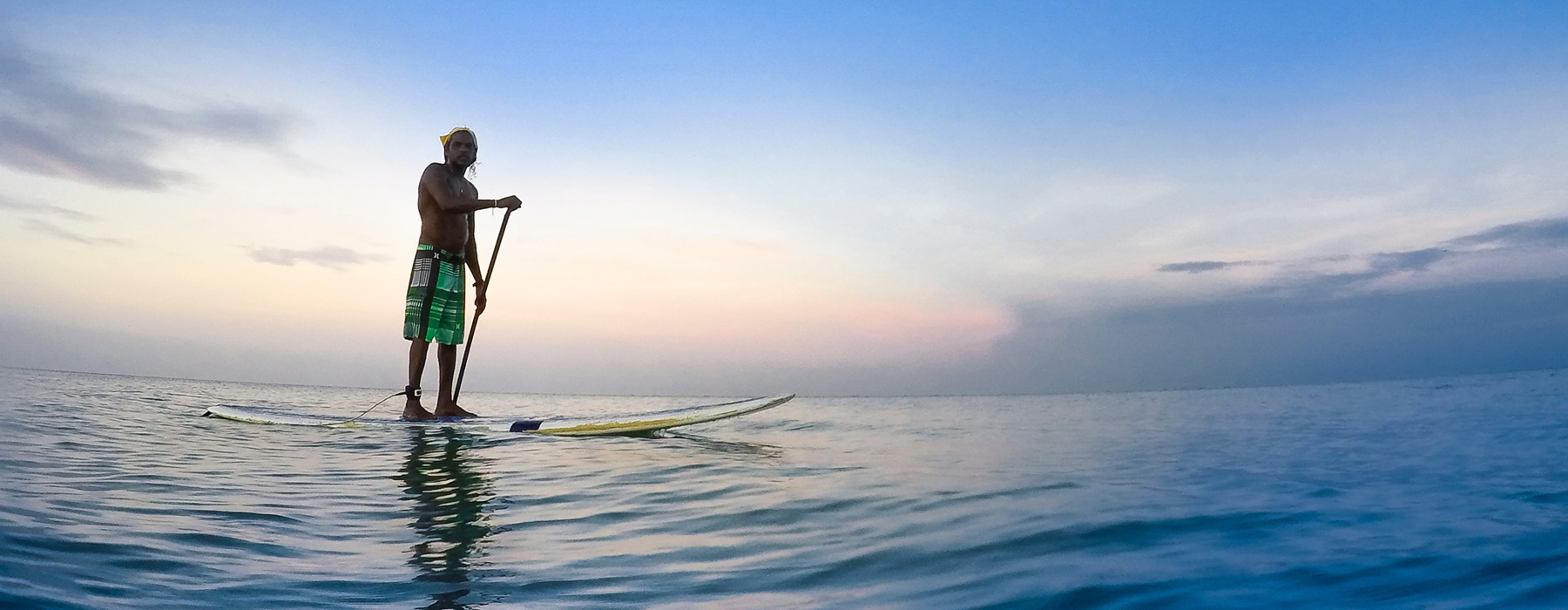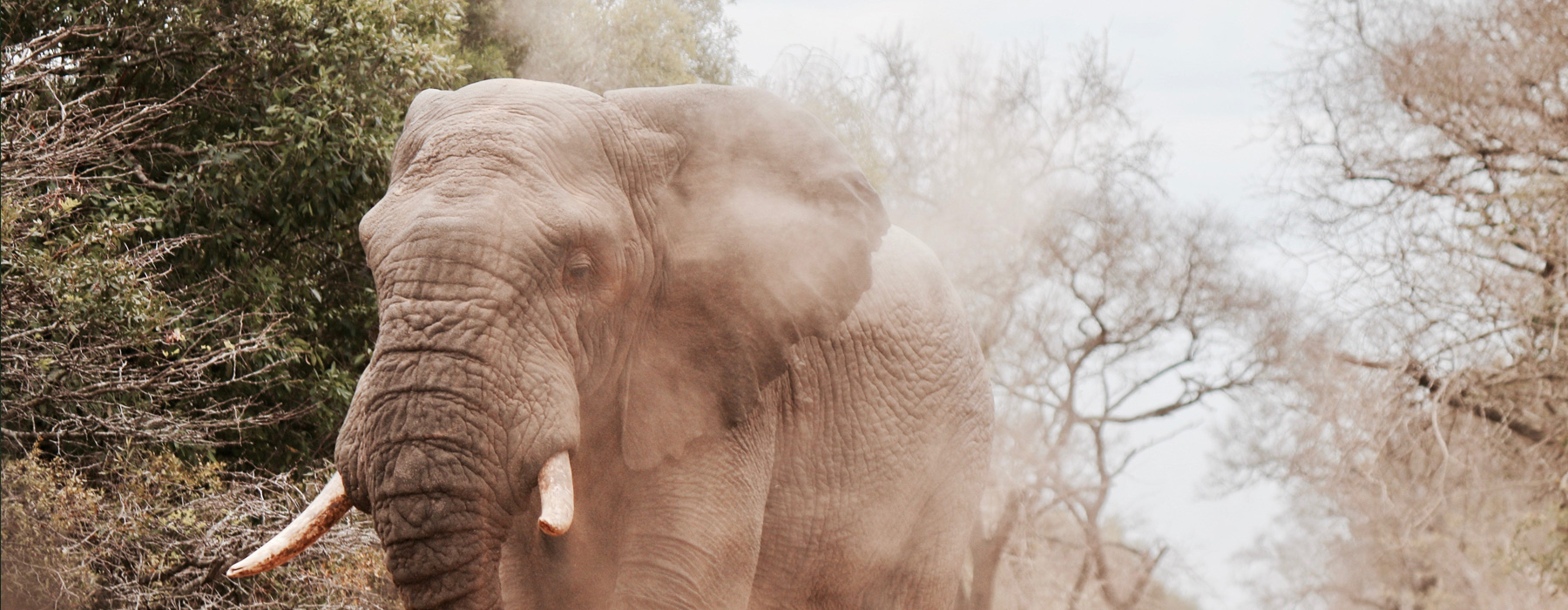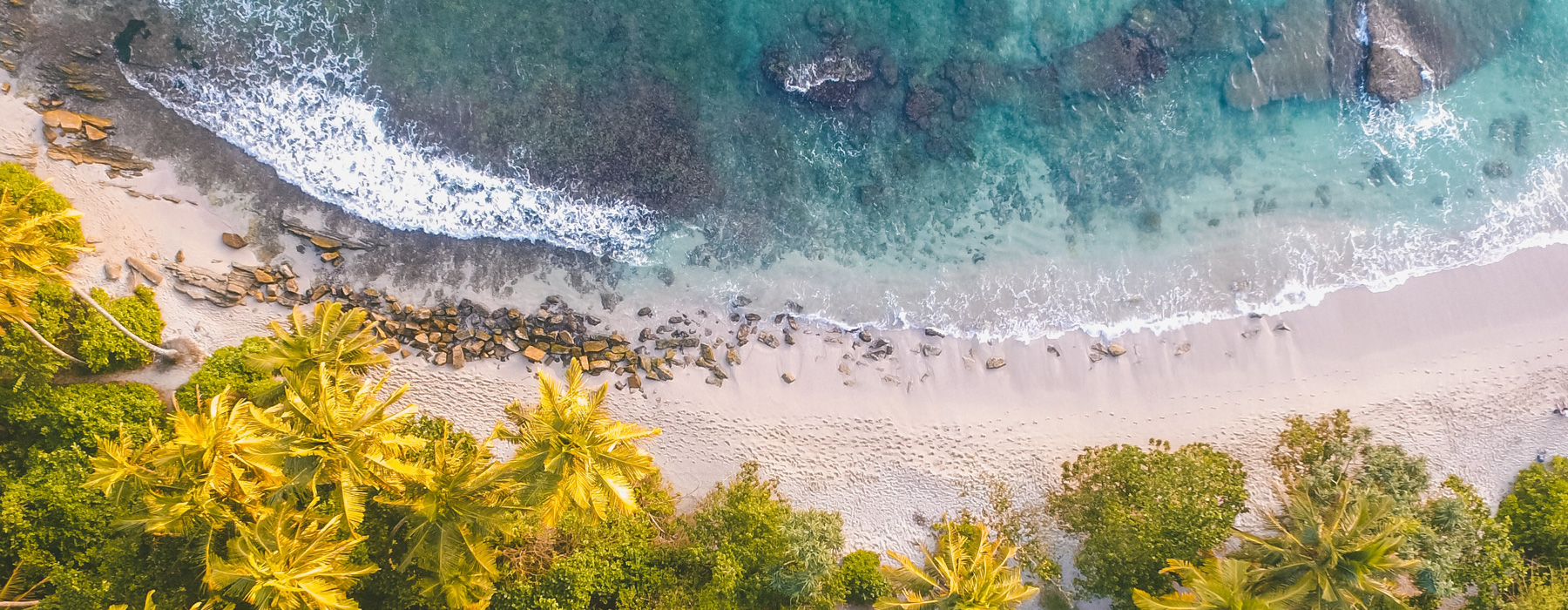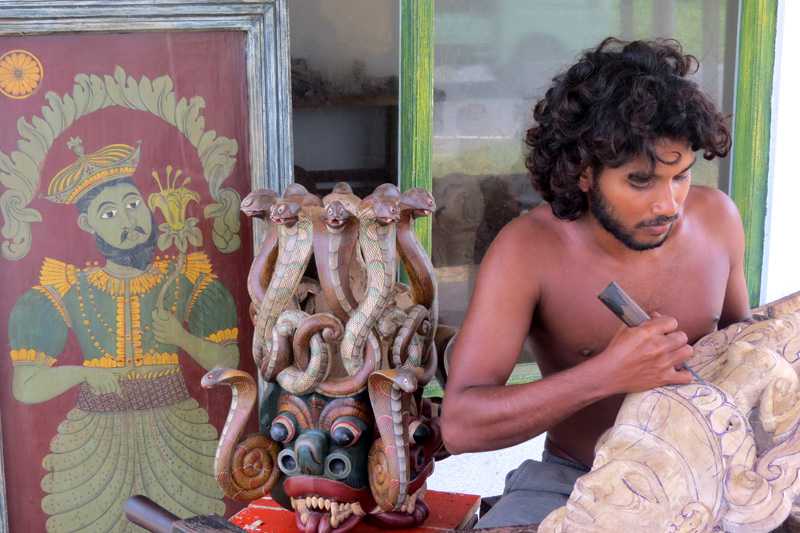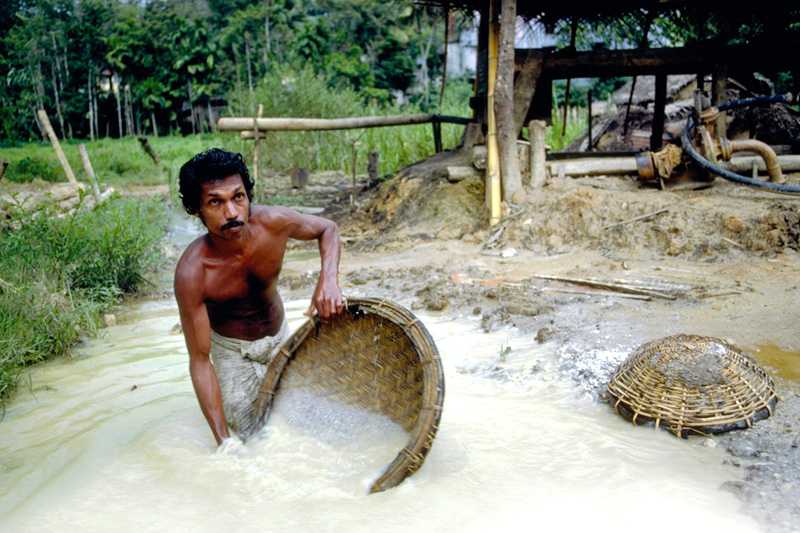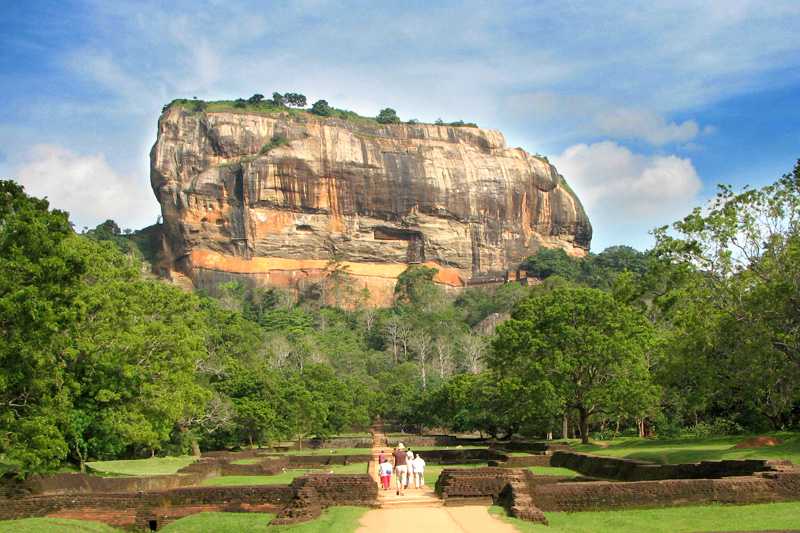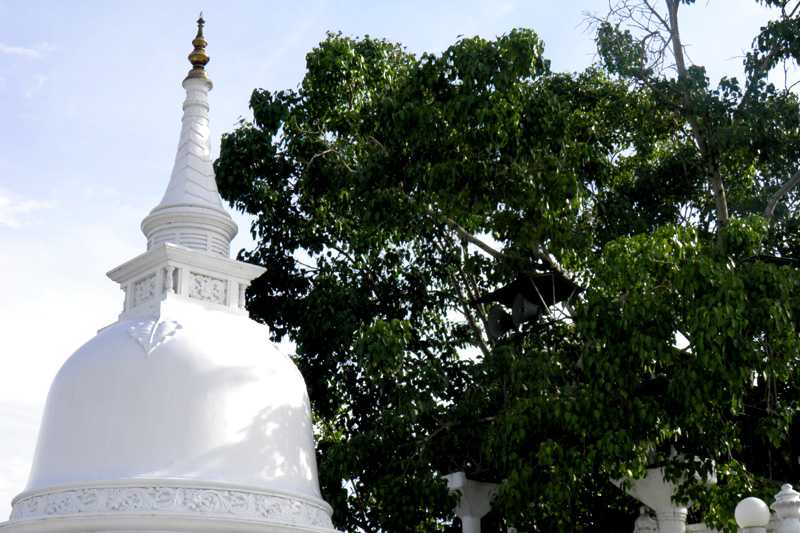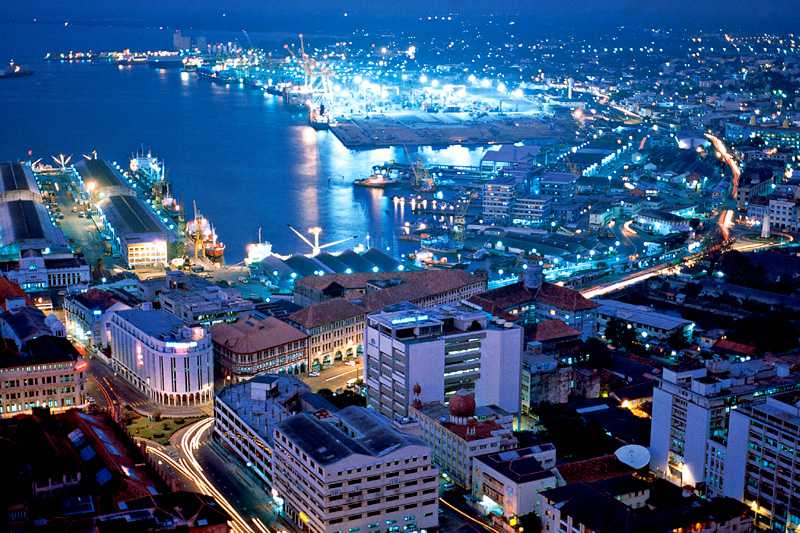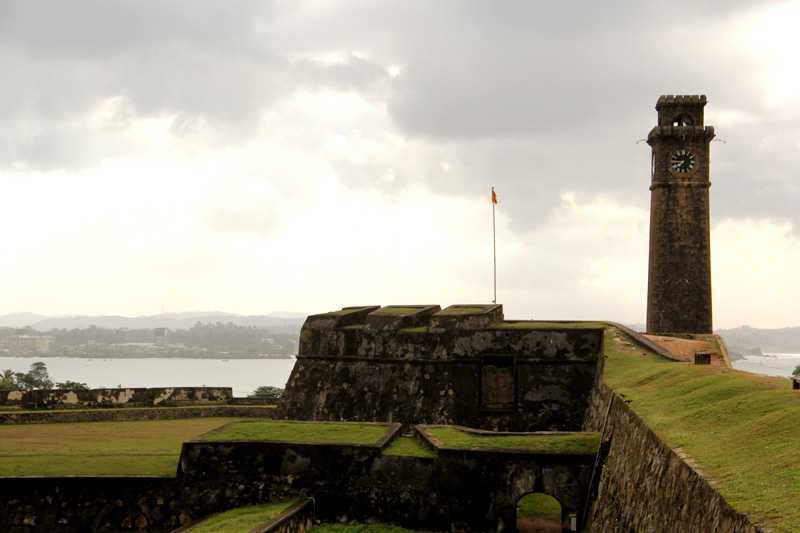Kataragama City
Kataragama is a pilgrimage town popular among Buddhists, Hindus, and indigenous Vedda communities of Sri Lanka and even to South Indians. The town has Ruhunu Maha Kataragama Devale, a 15th-century shrine dedicated to Kataragama deity also known as Skanda-Murunkan. The general vicinity of Kataragama has yielded evidence of human habitation at least 125,000 years ago. It has also yielded evidence of Mesolithic and Neolithic habitations.
During the historic period, the general area was characterized by small reservoirs for water conservation and associated paddy cultivation. Kataragama village is first mentioned in the historical annals known as Mahavamsa written down in the 5th century. It mentions a town named Kajaragama from which important dignitaries came to receive the sacred Bo sapling sent from Asoka's Mauryan Empire. It was also functioned as the
capital of number of kings of the Ruhuna kingdom. It provided refuge to many kings from the north when the north was invaded by South Indian kingdoms. It is believed that the area was abandoned around the 13th century. Based on archaeological evidence found, it is believed that the Kiri Vehera was either renovated to build during the first century BCE. There are a number of other inscriptions and ruins. The popularity of the deity at the Kataragama temple was also recorded by the Pali chronicles of Thailand such as Jinkalmali in the 16th century. There are a lot of legends both Buddhist and Hindu that attribute supernatural events to the very locality.
Kiri Vehera
You will find Kirivehera when you proceed about 20 km from Tissa northwards on the Kataragama Road. Kiri Vehera is a large white-washed dagoba built by King Mahasena and standing in close proximity to the Kataragama Devale.

